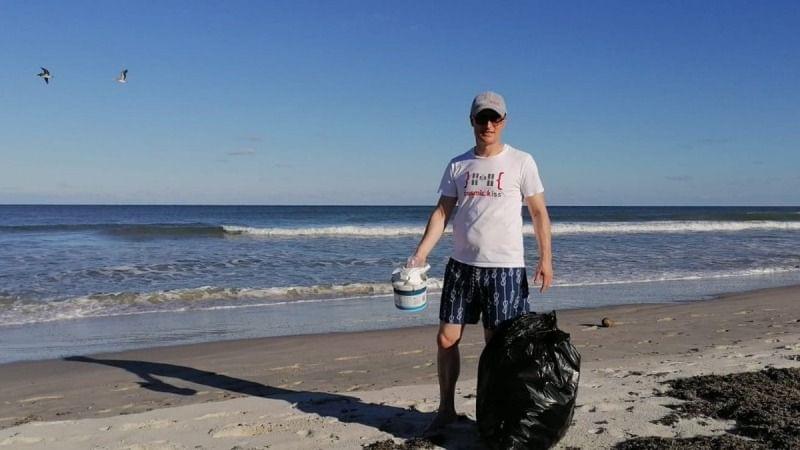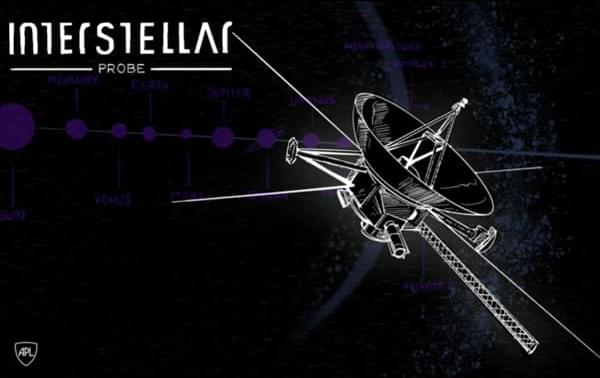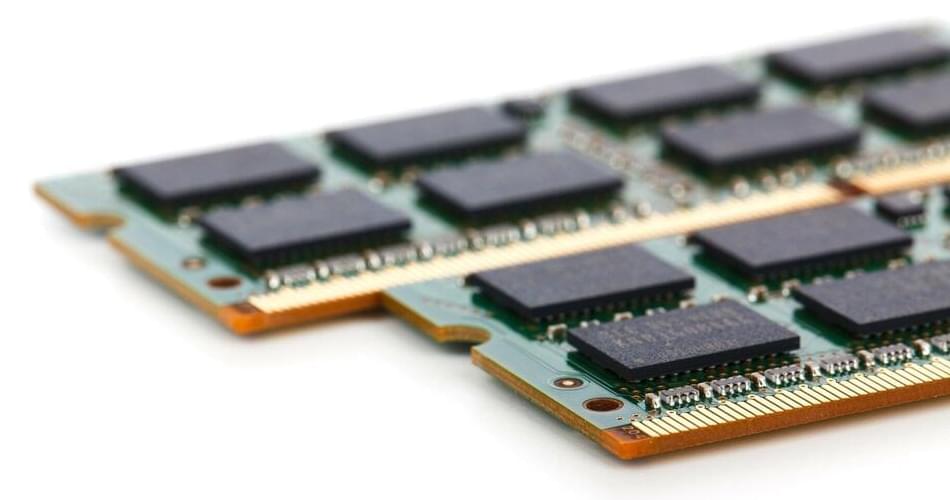Nov 2, 2021
This astronaut is spending his SpaceX launch delay cleaning up a Florida beach
Posted by Genevieve Klien in category: space travel
‘Clean oceans, clean space,’ is what was in Matthias Maurer’s mind while filling bags on the beach.
A German astronaut is showing his love for Earth during a few extra days on the planet’s surface before his first space mission.
Matthias Maurer, who is waiting with the rest of Crew-3 team for a delayed ride to the International Space Station, has spent part of his quarantine picking up trash on the Florida beach, within range of his SpaceX launch site at NASA’s Kennedy Space Center in Cape Canaveral. The mission, which will launch four astronauts to the station on a SpaceX Crew Dragon and Falcon 9 rocket, will launch no earlier than Saturday (Nov. 6).


















